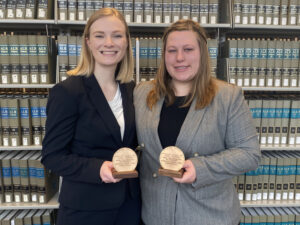The 2020 Census reconfirmed Milwaukee’s status as one of the most segregated cities and metropolitan areas in the United States.
According to Brown University’s Diversity and Disparities Project, metro-wide Black-white segregation declined slightly, but the Milwaukee metro still ranks 2nd-most segregated, just as in 2010. Within city limits, the absolute degree of Black-white segregation measured by Brown University remained unchanged, and segregation between other groups declined only modestly.
These dismal statistics point to how far Milwaukee remains from being a fair place to live for most of its residents. Still, there are neighborhoods in Milwaukee that saw significant positive change over the last decade. Their populations grew more representative of the city as a whole.
One way to measure this is a “diversity index,” which shows the likelihood that two people randomly chosen from the same neighborhood would identify with different races.
 Please congratulate third-year law students Lauren Brasington and Carsyn Bushman for their success at the final rounds of the National Moot Court Competition (NMCC), co-hosted by the American College of Trial Lawyers and the New York City Bar Association and held virtually this year. The team was capably coached by Attorneys Kieran O’Day and Evan Thomsen.
Please congratulate third-year law students Lauren Brasington and Carsyn Bushman for their success at the final rounds of the National Moot Court Competition (NMCC), co-hosted by the American College of Trial Lawyers and the New York City Bar Association and held virtually this year. The team was capably coached by Attorneys Kieran O’Day and Evan Thomsen.